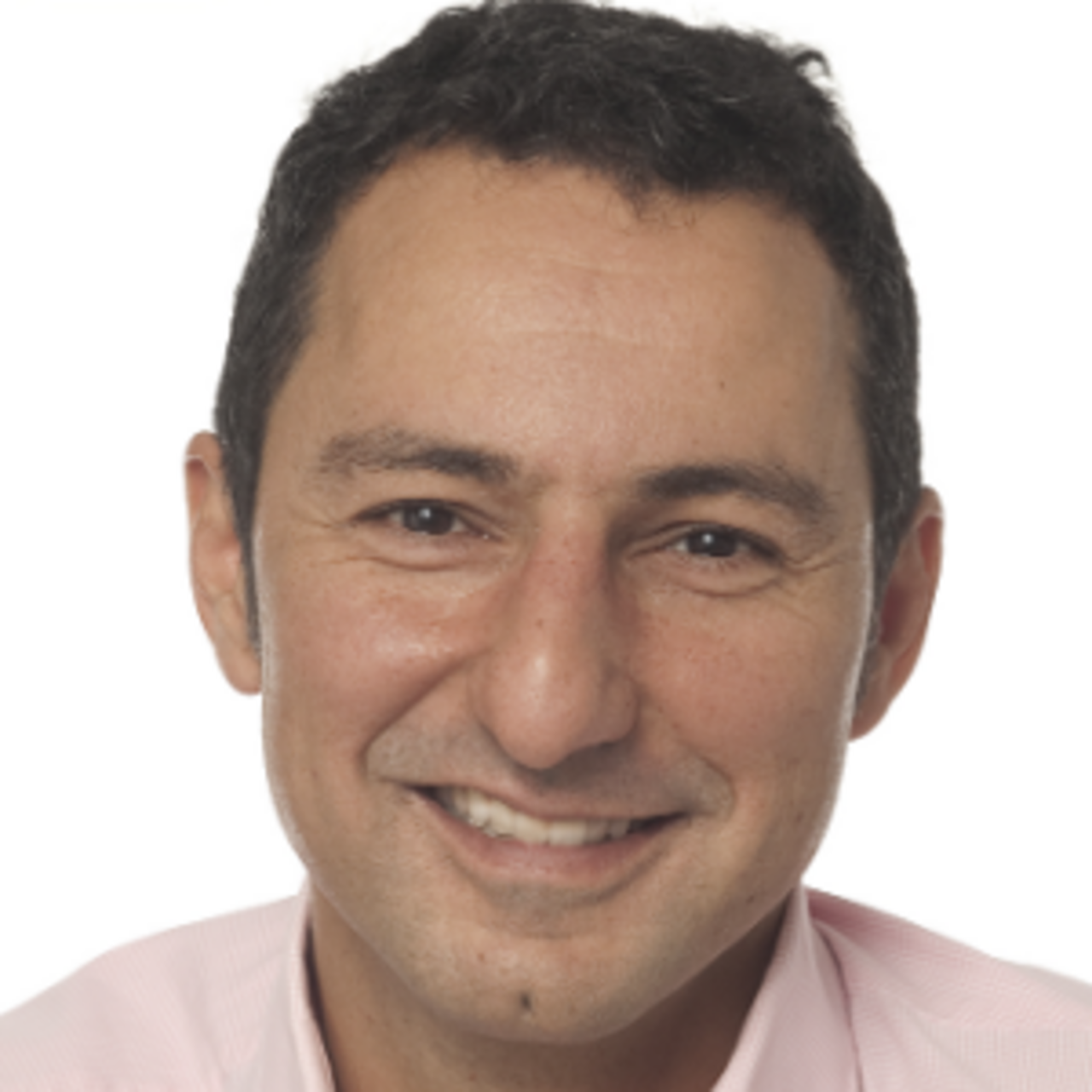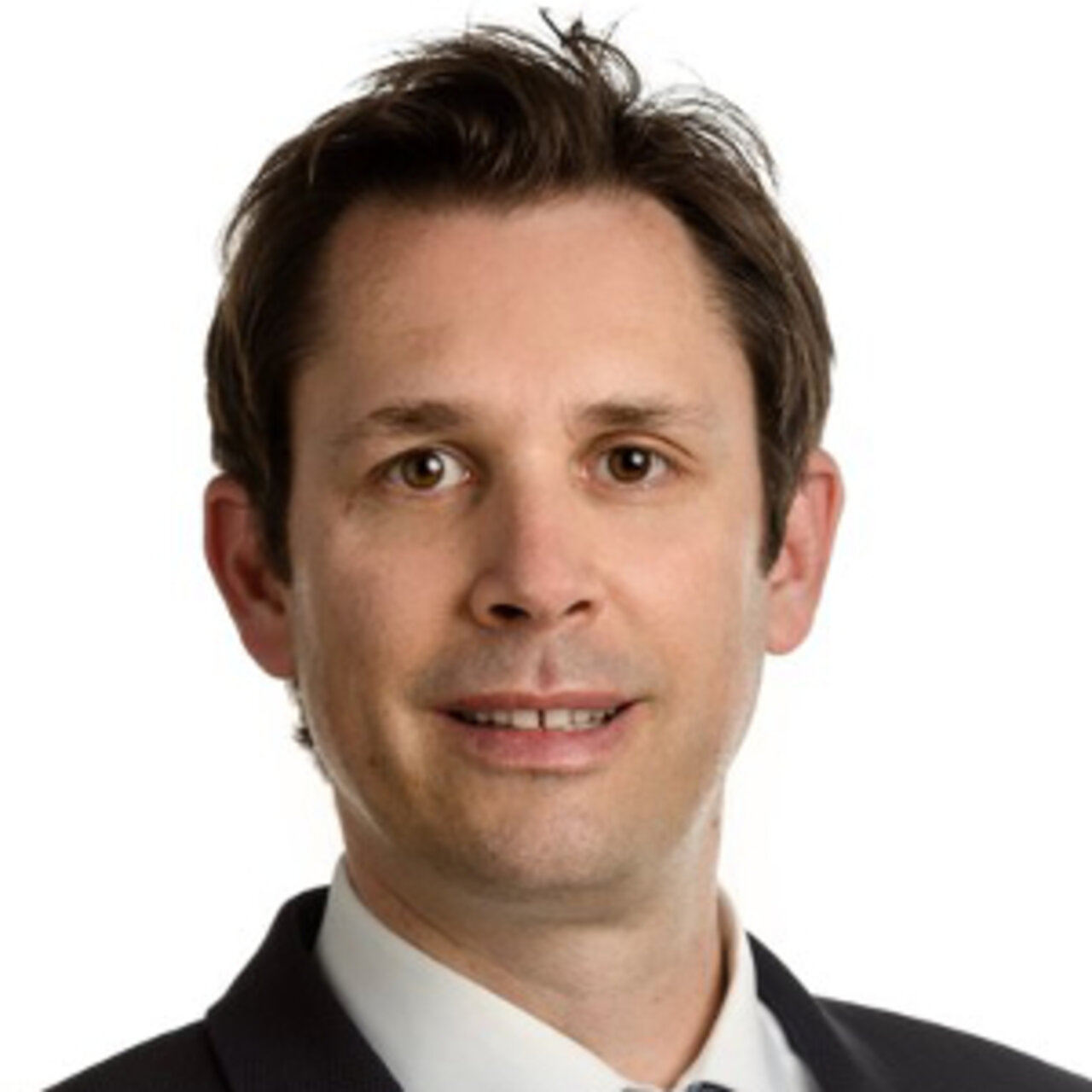Specialists in SPECT/CT
2 Specialists found
Information About the Field of SPECT/CT
What Is a SPECT CT Examination?
SPECT-CT (single-photon emission computed tomography + computed tomography) is a combined nuclear medical and radiological examination. The organs and their metabolism can be displayed three-dimensionally and as cross-sectional images. During a SPECT, a kind of scintigraphy, the patient is administered radioactive substances that accumulate in certain specific organs or tissues and emit radiation imaged by a gamma camera (two-dimensional). A regular CT scan is also performed, which is used for high-resolution imaging of the inside of the body. By combining the two methods, statements from the nuclear medicine examination on the metabolic activity of the respective organs can be linked with the findings on the patient's anatomy provided by the CT. SPECT-CT enables a better assessment, especially of structures located deeper inside the body that would probably be superimposed or poorly resolved in typical scintigraphy images. In addition, the scintigraphy images can be assigned to anatomical structures, so the physician can precisely give metabolic activities to organs or even pathological changes. This is not possible in such a way with pure SPECT or scintigraphy. SPECT-CT allows the combination of images of the structure and function of the body. During the examination, the patient is moved into a tube- or arc-shaped device, and the camera heads built into it circle the patient. In this way, body images can be taken from all sides. The doctor receives a three-dimensional image and can assess the individual layers via cross-sectional images.
When Is a SPECT CT Performed?
Nuclear medicine examinations, such as scintigraphy or single-photon emission computed tomography, allow conclusions about the metabolic activity of specific organs or even tumors. Still, an exact anatomical evaluation of the structures based on these images is complex. SPECT-CT is often used to clarify abnormalities of another nuclear medical examination in more detail and assign these to any visible changes in the organs or tissues. The radioactive signals, specific to certain metabolic processes, can also clearly reveal pathological changes that are difficult to detect in pure imaging procedures such as CT.
For example, SPECT-CT is used for bone cancer or suspected metastases of other tumors, such as breast cancer metastases. SPECT-CT is also increasingly used to diagnose other cancers such as meningiomas, thyroid cancer, liver cancer, neuroblastomas, or neuroendocrine tumors under certain conditions, although not always routinely.
In addition, the method can be used in orthopedic clinical pictures associated with a change in bone metabolism, as this can be visualized in a SPECT examination. These include, for example, rheumatic diseases, complications after the implantation of joint prostheses (e.g., loosening), various bone and joint inflammations, degenerative processes of the skeleton, or so-called stress fractures. In particular, SPECT-CT is also used in cases of unclear pain in the hands or feet to detect possible pathologies.
The heart can also be examined in a SPEC-CT and used to diagnose coronary heart disease, i.e., narrowing the coronary arteries. Here, the examination identifies any areas of poor blood supply in the heart muscle and thus determines which patients might benefit from surgery.
SPECT-CT can also provide important information on the anatomy of thyroid and parathyroid diseases, which is particularly relevant for surgical interventions.
SPECT-CT can also provide information on neurological diseases, such as dementia, epilepsy, or Parkinson's disease, as brain metabolism in certain regions may be altered and can therefore be imaged.
What Is the Difference Between SPECT and PET?
In a SPECT examination and scintigraphy, gamma emitters are administered to the patient as radioactive drugs (radiopharmaceuticals). The emitted electromagnetic radiation consists of photons when the radionuclides decay. On the other hand, in a PET examination, radionuclides are used that emit positrons, i.e., a positively charged particle produced during radioactive b+ decay. The positrons strike a negative electron in the environment, emitting and imaging gamma photons.
Both methods are used to visualize metabolic processes in the various organs. For this purpose, the radiopharmaceuticals are bound to molecules that accumulate in specific tissues. Both methods use a gamma camera to image the emitted radiation, and both produce a three-dimensional image that can be assessed slice-by-slice using cross-sectional images. Either one of the procedures can be combined with a CT scan to link metabolic changes and anatomical imaging of the body.
Procedure and Duration of a SPECT CT?
Before the examination, the patient is usually informed by a knowledgeable physician about the benefits, risks, and necessary preparations. The SPECT CT can be performed in an outpatient setting or during an inpatient stay. Depending on the purpose of the SPECT-CT, a radioactively labeled drug, the radiopharmaceutical, is selected and injected into the patient's vein. It proceeds through the bloodstream to the target organ or tissue. Depending on the radiopharmaceutical used, a certain waiting period is necessary before the actual examination, during which the drug accumulates in the body. Then, the lying patient is brought into a tubular or arch-shaped device in which the installed camera heads of the gamma camera and the X-ray tube rotate around them. The patient should lie as still as possible during this process; it may be possible to administer a sedative. In this way, a three-dimensional image is created, calculated, and processed on the computer. The SPECT images and the computer tomography are performed within one session and finally combined into one image, which the physician can then evaluate. The examination can take more than an hour or only a few minutes depending on the problem.
How Much Does a SPECT CT Cost?
A SPECT-CT examination is often not a standard procedure but is used in addition to routine methods to clarify particular questions. A referral and an explaining indication by a specialist are necessary. In the case of certain diseases and questions, the costs of the examinations are covered by the health insurance companies. Under certain circumstances, it makes sense to apply for reimbursement, even if this is not a standard benefit.
What Should Be Taken into Consideration After a SPECT CT?
In principle, a SPECT CT examination is a procedure without complications. The radioactive radiation that affects the patient during the procedure is very low, and the radiopharmaceutical often disappears from the body after a few hours. Allergies to the radiopharmaceutical are infrequent. If the patient has received sedatives during the examination, they should not drive a vehicle afterward and should be further cared for and supervised if necessary.
Which Doctors and Clinics are Specialists in SPECT CT?
Every patient who needs a doctor wants the best medical care. Therefore, the patient is wondering where to find the best clinic. As this question cannot be answered objectively, and a reliable doctor would never claim to be the best one, we can only rely on the doctor's experience.
We will help you find an expert for your condition. All listed physicians and clinics have been reviewed by us for their outstanding specialization in SPECT/CT and are awaiting your inquiry or treatment request.
Sources:
- Amboss Nuklearmedizin und Strahlenschutz
next.amboss.com/de/article/Mn0MFg
- Ahmadzadehfar H et al. SPECT / CT: Technik und klinische Anwendung Dtsch Med Wochenschr 2015; 140: 434–438
www.thieme-connect.com/products/ejournals/pdf/10.1055/s-0041-101022.pdf
- Universitätsklinikum Tübingen Nuklearmedizin und Klinische Molekulare Bildgebung
- Medizinisch Radiologisches Institut- MRI Röntgen Zürich
www.mri-roentgen.ch/de/angebot/szintigraphie-und-spectct/spectct/

